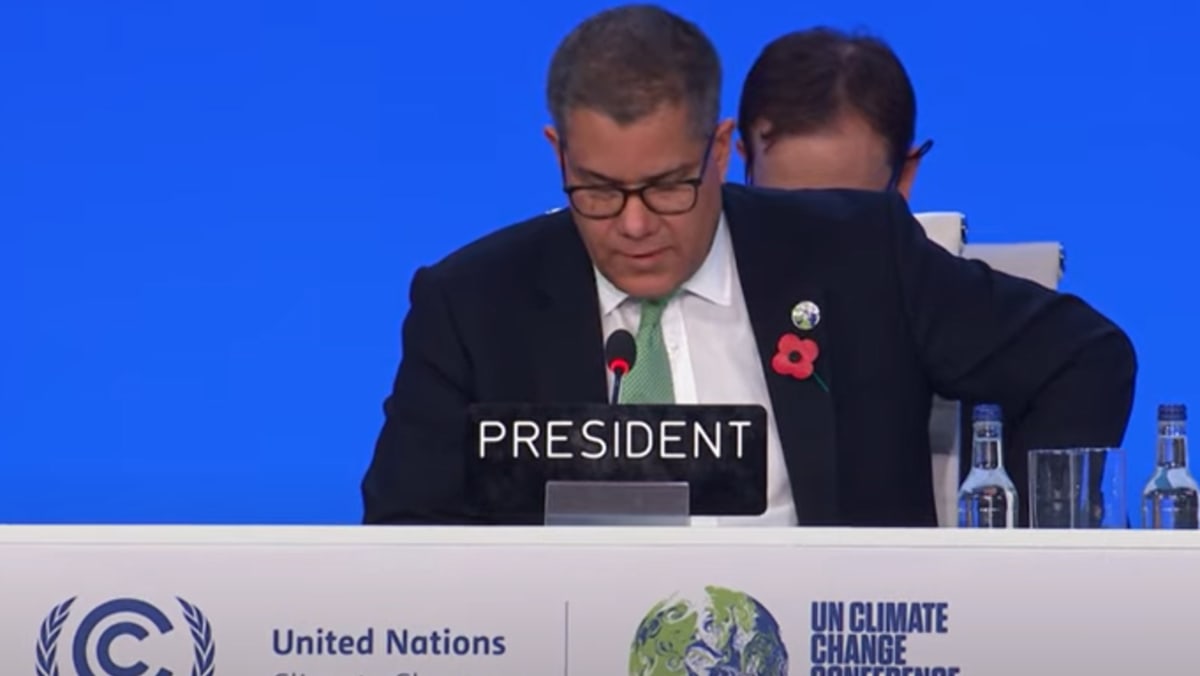Commentary Why COP26 summit ended in failure and disappointment

BRISBANE: After two hard-fought weeks of negotiations, the Glasgow climate change summit is, at last, over.
All 197 participating countries adopted the so-called Glasgow Climate Pact, despite an 11th hour intervention by India in which the final agreement was watered down from “phasing out†coal to “phasing downâ€.
In an emotional final speech, COP26 president Alok Sharma apologised for this last-minute change. His apology goes to the heart of the goals of COP26 in Glasgow: The hope it would deliver outcomes matching the urgent “code red†action needed to achieve the Paris Agreement target.
At the summit’s outset, United Nations Secretary-General Antonio Guterres urged countries to “keep the goal of 1.5 degrees Celsius aliveâ€, to accelerate the decarbonisation of the global economy and to phase out coal.
So, was COP26 a failure? If we evaluate this using the summit's original stated goals, the answer is yes, it fell short.
Two big ticket items weren’t realised: Renewing targets for 2030 that align with limiting warming to 1.5 degrees Celsius, and an agreement on accelerating the phase-out of coal.
But among the failures, there were important decisions and notable bright spots. So let’s take a look at the summit’s defining issues.
0 Response to "Commentary Why COP26 summit ended in failure and disappointment"
Post a Comment